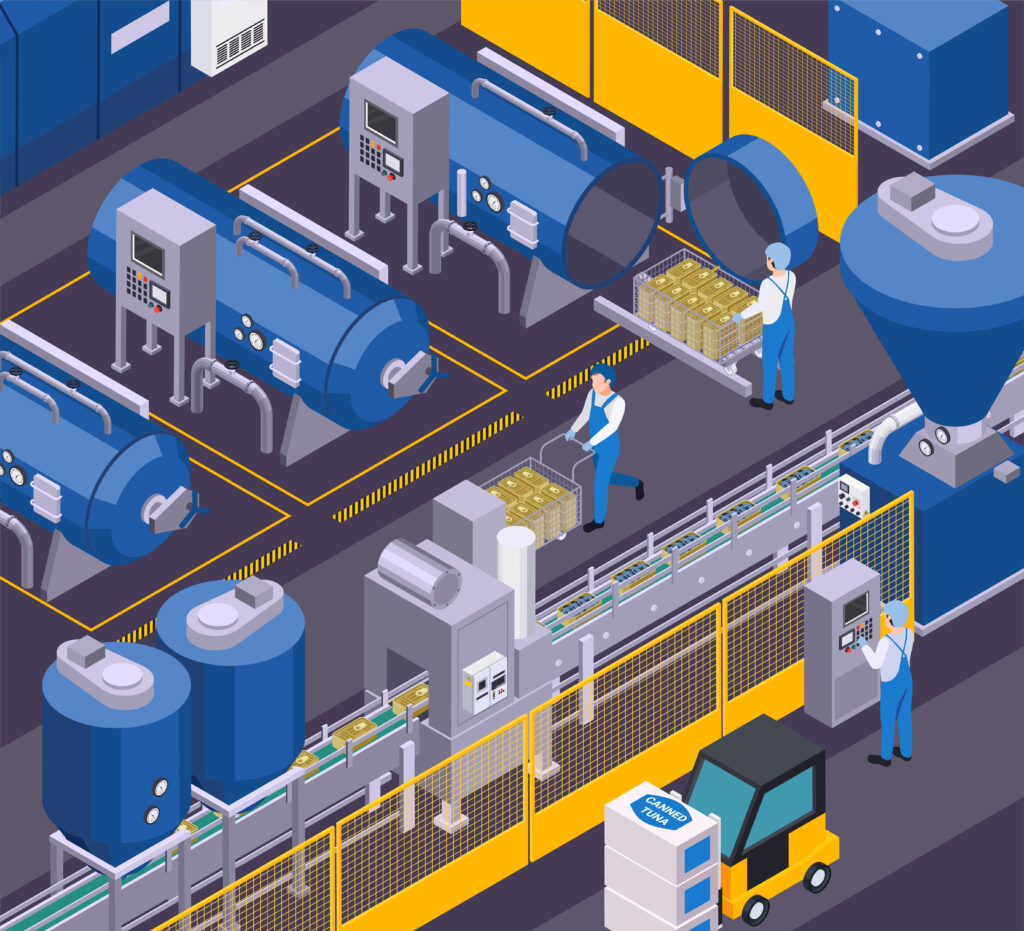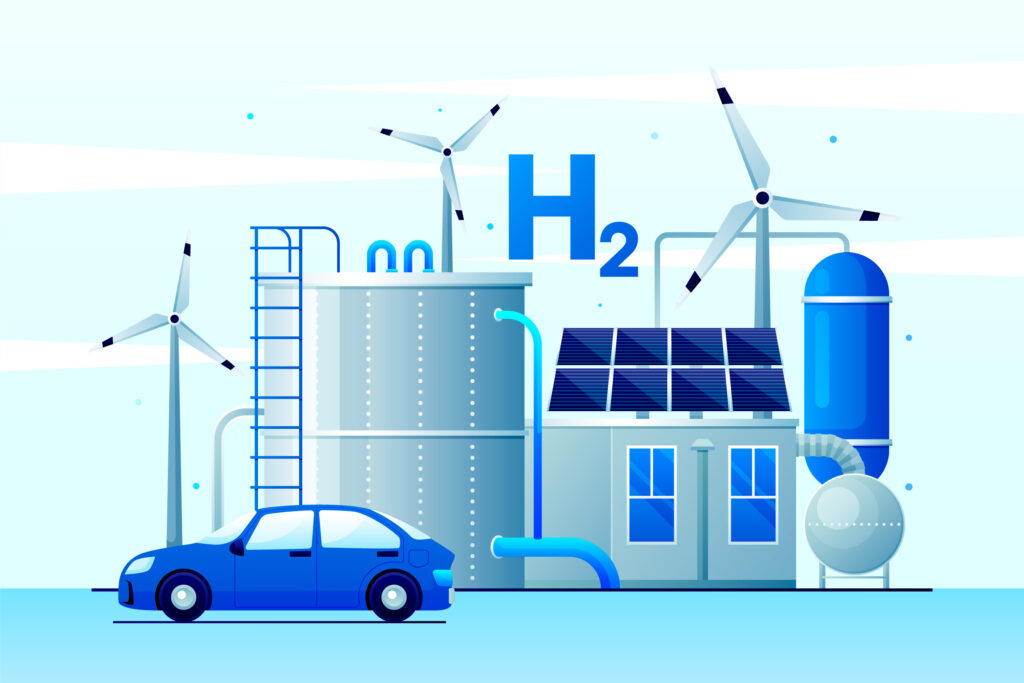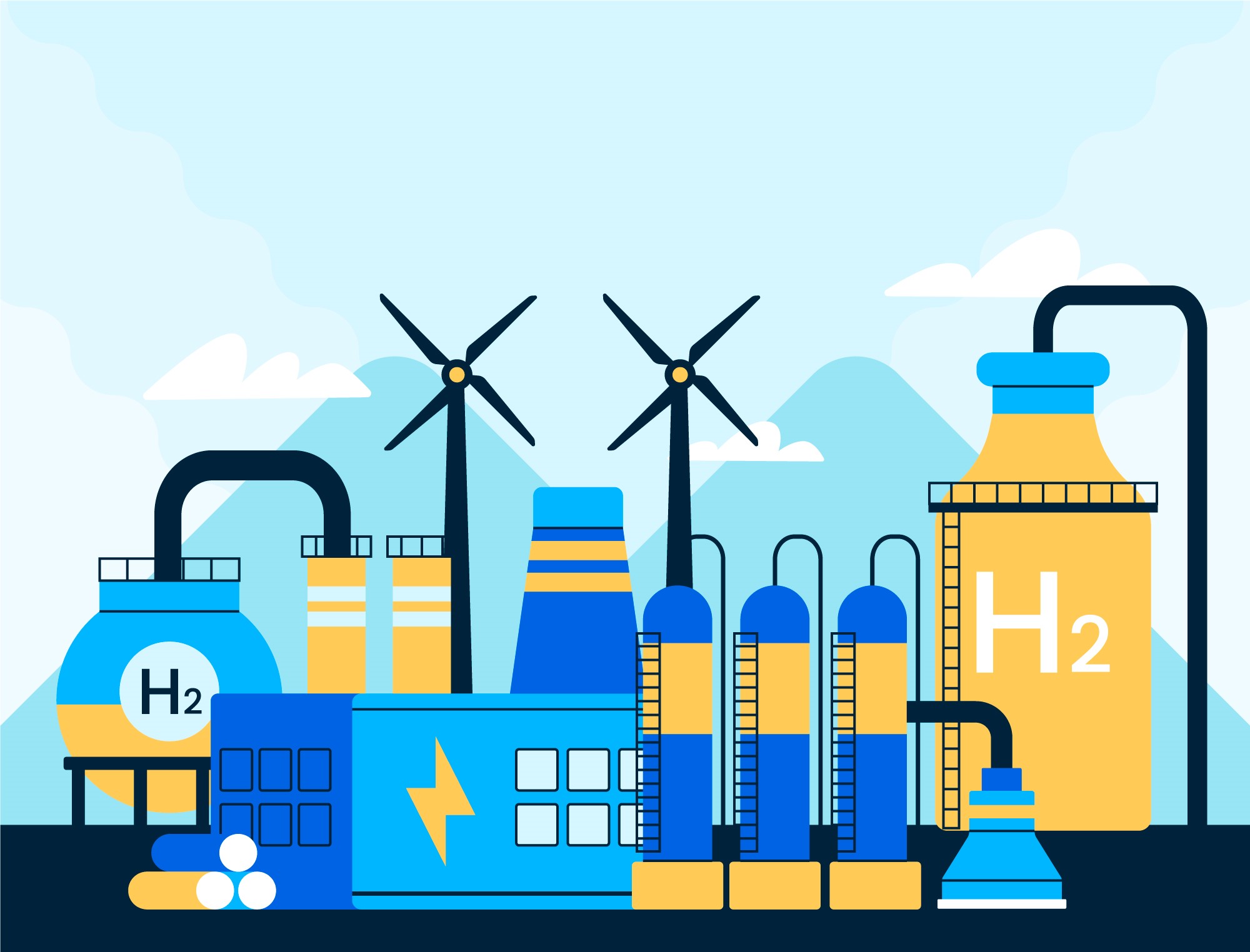JSW Infrastructure, India’s second-largest port operator, is gearing up to enter the green hydrogen and ammonia market by constructing dedicated plants at its ports. This strategic move aims to diversify the company’s portfolio and capitalize on the burgeoning sustainable energy sector.
“This is a new age business that is emerging. The company has been contemplating and exploring opportunities in this sector,” said Arun Maheshwari, Joint Managing Director of JSW, in an interview with the Economic Times. “We’ve been approached by companies interested in the green hydrogen and ammonia segment, and we are evaluating the potential to enter this market as well,” he added.
Setting up such facilities will be a long-term, capital-intensive endeavor, requiring suitable land, a robust backend, and strategic port locations. “Fortunately, both our existing and new port locations are appealing to potential players. However, we do not yet have a specific timeline for this project,” Maheshwari noted.
India’s Vision for Green Hydrogen Export Hubs

Earlier this year, the Ministry of Ports, Shipping, and Waterways (MoPSW) identified three key ports — Kandla, Paradip, and Tuticorin — as future export hubs for green hydrogen, ammonia, and methanol within the next seven years. This initiative aims to position India as a major exporter of green hydrogen, aligning with global efforts to reduce carbon emissions and promote clean energy.
Competition in the Green Energy Space
Adani Ports and SEZ recently announced that its Vizhinjam Port will become a global bunkering hub, supplying clean and green fuels such as hydrogen and ammonia. Adani Ports plans to utilize its facilities on India’s West Coast to export these green fuels, highlighting the competitive nature of the sector.
Meanwhile, JSW Energy, JSW Infra’s sister concern, is also exploring acquisitions in the green energy sector, indicating a cohesive strategy within the JSW Group to embrace sustainable energy solutions.
Strategic Growth and Development

Discussing overall company growth, Maheshwari emphasized that while the industry growth guidance is around 4% to 4.5%, the company is targeting a robust 10% to 12%. The company is focusing on enhancing last-mile connectivity and providing robust solutions to ensure customer loyalty.
Maheshwari highlighted the strategic importance of various terminals. “Paradip is a key iron ore hub and a preferred port for coal and iron ore. Ennore terminal has growth potential due to its proximity to the hinterland. New Mangalore terminal is unique in its cargo handling, and Jaigarh port too has significant growth potential. Additionally, PNP Port, recently acquired, offers rail connectivity that Jaigarh lacked,” he elaborated.
Diversifying Cargo Customer Mix
It is also diversifying its cargo customer mix. The share of third-party business, which was 6% in 2019, increased to 50% in the quarter ended June. “This spike is due to a temporary shutdown of one of our anchor customers. For the year, the third-party share is expected to be around 45%, with 55% from anchor customers. This distribution is projected to be sustainable, with a long-term goal of achieving a 50:50 ratio,” Maheshwari explained.
Future Capacity Enhancements of JSW Infrastructure
Regarding capacity enhancements from recent acquisitions, the company anticipates that the Tuticorin terminal will be operational within 18 to 24 months, and the JNPA terminal is projected to be functional by February or March 2025. Additionally, the company aims to complete the construction of its 2 million tonnes per year LPG terminal at Jaigarh, a key milestone linked to its initial public offering. Currently, the utilization rate stands at 63-64%, with expectations for an increase to approximately 66% in the next two years, contingent upon the absence of new asset additions.
Conclusion
The company’s strategic move to build green hydrogen and ammonia plants at its ports underscores its commitment to sustainable growth and diversification. By exploring opportunities in the green energy sector, the company is positioning itself at the forefront of the clean energy revolution in India. As the company continues to enhance its port operations and expand its customer base, it remains well-poised to capitalize on emerging market trends and drive long-term growth.
To know more about the Green Hydrogen and its Revolution, click here.
JSW Infrastructure’s Bold Move Towards Green Hydrogen and Ammonia Plants: Pioneering Sustainable Growth and Clean Energy Leadership
